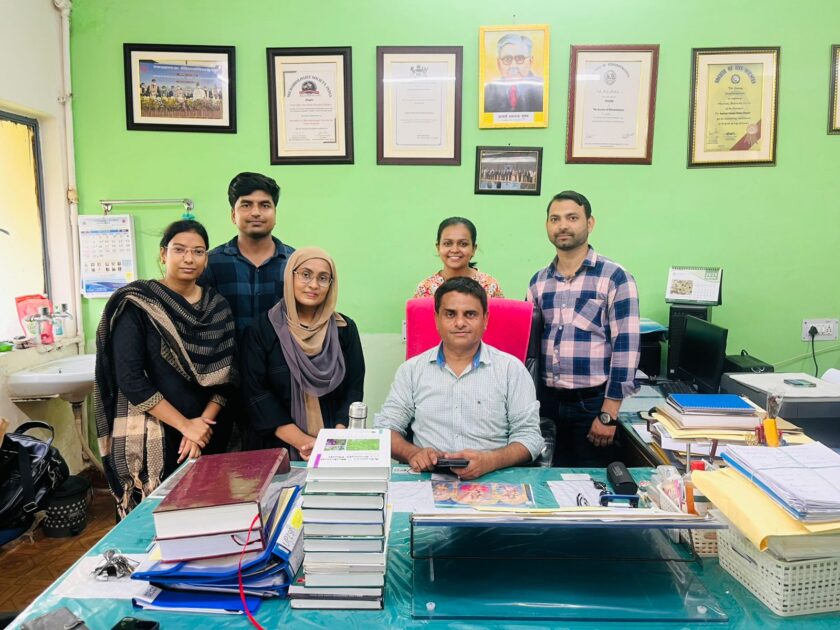Lucknow | A special workshop on the scientific preservation of paintings was organised today at the College of Arts and Crafts, where INTACH Conservation Institute Director Dharmendra Mishra interacted with students and faculty members. The session focused on the importance of preventive conservation, emphasising that protecting artwork is as significant as creating it.
Art faculty members Prof. Alok, Ravikant Pandey, photography faculty Atul, and several teachers and students were present. During the workshop, Mishra explained that preventive conservation is a scientific approach aimed at protecting paintings from damage before it occurs. He highlighted common threats such as harsh light, humidity, extreme temperature, dust, insects, and pollution, which can cause cracks, fading, peeling, fungus, and pest infestation.
Safe Storage of Canvas Paintings
Students learned that canvas paintings must be stored in controlled environments. Unframed works should be kept horizontally in protective drawers or boxes. Storage rooms must be secured, temperature- and humidity-controlled, and not located in risky areas like attics or basements.
Traditional vertical racks, pull-out racks, and mobile systems were discussed as efficient and safe storage options. The transfer route from storage to display must be straight and obstruction-free.
Mr. Mishra stated that an ideal storage environment maintains 50–150 lux light, 18°C–25°C temperature, and 45–55% humidity.
Safe Handling and Packing
Improper handling is one of the biggest causes of damage. Students were trained to use gloves, trolleys, and planned movement techniques to prevent friction, stains, frame breakage, and paint loss.
Display Precautions
Paintings should not be placed in narrow corridors, staircases, or crowded areas. Using UV-filtered lighting, keeping distance from walls, and regular dusting can significantly extend the life of artworks.

Role of Collection and Storage
Proper collection systems, vertical racks, moisture-free rooms, and organised layouts help preserve paintings long-term.
Pest Control and Disaster Management
The session highlighted the importance of Integrated Pest Management (IPM) to prevent insect damage. For disasters like fire, floods, or earthquakes, a trained emergency team and documentation of each painting—including material, size, signatures, layers, and origin—are essential for recovery and restoration.
Preservation Equals Protection of Heritage
The workshop concluded with the message that the value of art lies not just in its creation, but also in its preservation. By adopting modern, scientific conservation methods, we can safeguard our cultural heritage for future generations.
Art is not merely a visual piece—it is a reflection of history, emotion, and identity. Protecting it is a shared responsibility.






